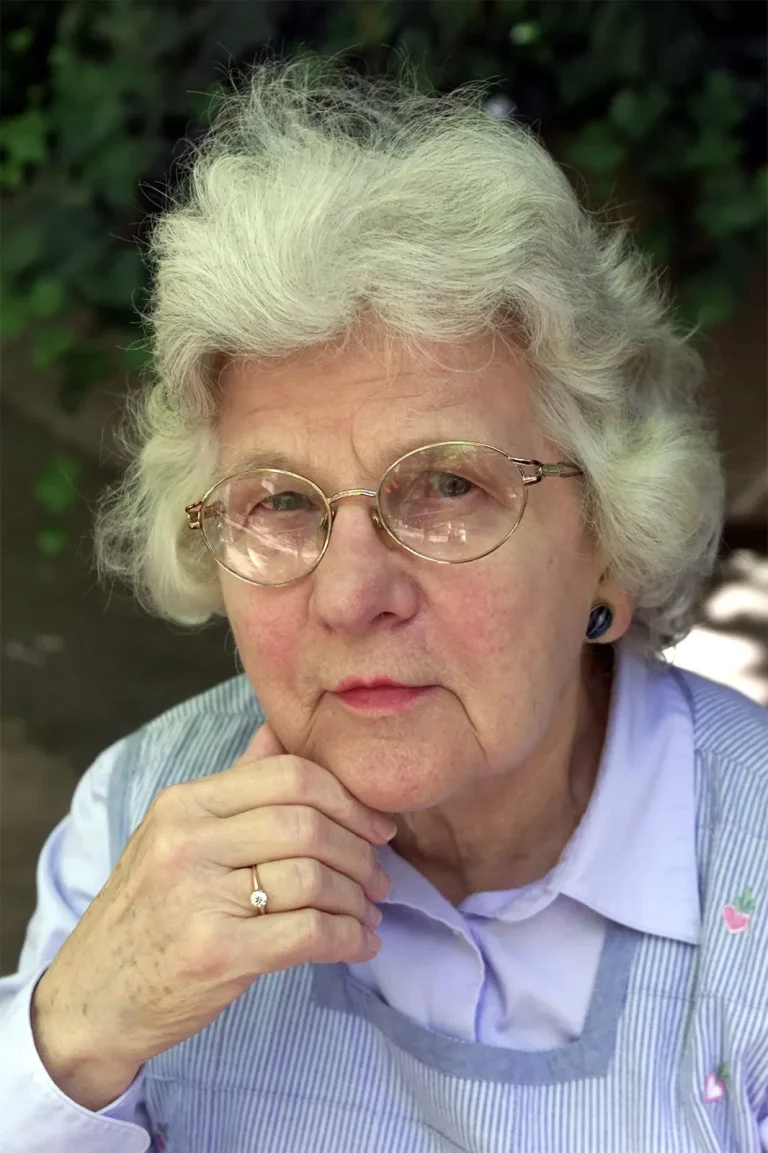Ruth R. Benerito: The Chemist Who Reinvented Cotton and Redefined Fashion
November 3, 2023
Fashion History
In the world of fashion, cotton is often celebrated as "the fabric of our lives." It's a soft, breathable, and versatile material that we all know and love. However, it wasn't always this way. Just four decades ago, cotton struggled to maintain a foothold in the textile market, holding only about a third of the share. Today, it dominates roughly two-thirds of the market, and the credit for this transformation goes to a combination of science, marketing, and one brilliant chemist: Ruth R. Benerito.

Photo courtesy: Eric Risberg/AP/Shutterstock.com
Cotton's Early Challenges
In the early 20th century, cotton posed significant challenges. One of the most alarming issues was its flammability. Without flame-retardant properties, cotton posed serious dangers, particularly when used in products like clothing and mattress pads. Tragic incidents occurred, with people suffering burns or even losing their lives due to cotton's propensity to catch fire. However, in 1953, the Flammable Fabrics Act was passed by Congress, introducing strict regulations to address this problem and make cotton safer.

Wrinkle Woes
Another major concern with cotton was its propensity to wrinkle easily. Before the advent of polyester, cotton manufacturers attempted to reduce its wrinkle-prone nature by treating it with chemical mixtures. Unfortunately, these treatments had the unintended consequence of making the fabric exceedingly brittle, which was far from ideal.

The Rise of Wrinkle-Free Cotton
The introduction of polyester as a competitor to cotton was a concern for the cotton industry. To protect and grow their market share, the cotton industry invested heavily in research and development, particularly focusing on the concept of "wrinkle-free" cotton.

One of the key researchers in this quest was the award-winning American chemist Ruth R. Benerito. With her expertise, she played a crucial role in making cotton the iconic fabric it is today. Benerito's pioneering work at the USDA Southern Regional Research Laboratories in New Orleans paved the way for wrinkle-free cotton. Her innovative approach didn't involve locking chemical bonds in place, which had been the conventional method, but rather reorganizing the structure of cotton's parallel chains. This reconfiguration made the fabric flexible while significantly reducing its tendency to wrinkle.
Benerito's Impact
Wrinkle-free cotton wasn't just a concept; it was a reality in fabric and garment form. The chemical reaction that Benerito introduced to cotton made it naturally resistant to wrinkles, a game-changing innovation. Her method didn't stop at wrinkle resistance; it also extended to creating stain and flame-resistant cotton fabrics, further enhancing the fabric's utility and safety.
Beyond textiles, Benerito's revolutionary approach found applications in the development of new wood products and epoxy resins, leaving an indelible mark on various industries.
In recognition of her outstanding contributions, Ruth R. Benerito was inducted into the National Inventors Hall of Fame in 2008, joining the ranks of iconic inventors like Alexander Graham Bell and Ernst Alexanderson.

The Legacy Lives On
Today, most fabrics on the market are blends of cotton and polyester, offering consumers the best of both worlds. Ruth R. Benerito's legacy endures, as cotton continues to be "the fabric of our lives." Her innovative work redefined cotton's properties, making it a symbol of comfort, safety, and durability. As we enjoy the benefits of this remarkable fabric, we owe a debt of gratitude to this brilliant chemist who reshaped the fabric industry and fashion as a whole.
We need your consent to load the translations
We use a third-party service to translate the website content that may collect data about your activity. Please review the details in the privacy policy and accept the service to view the translations.

